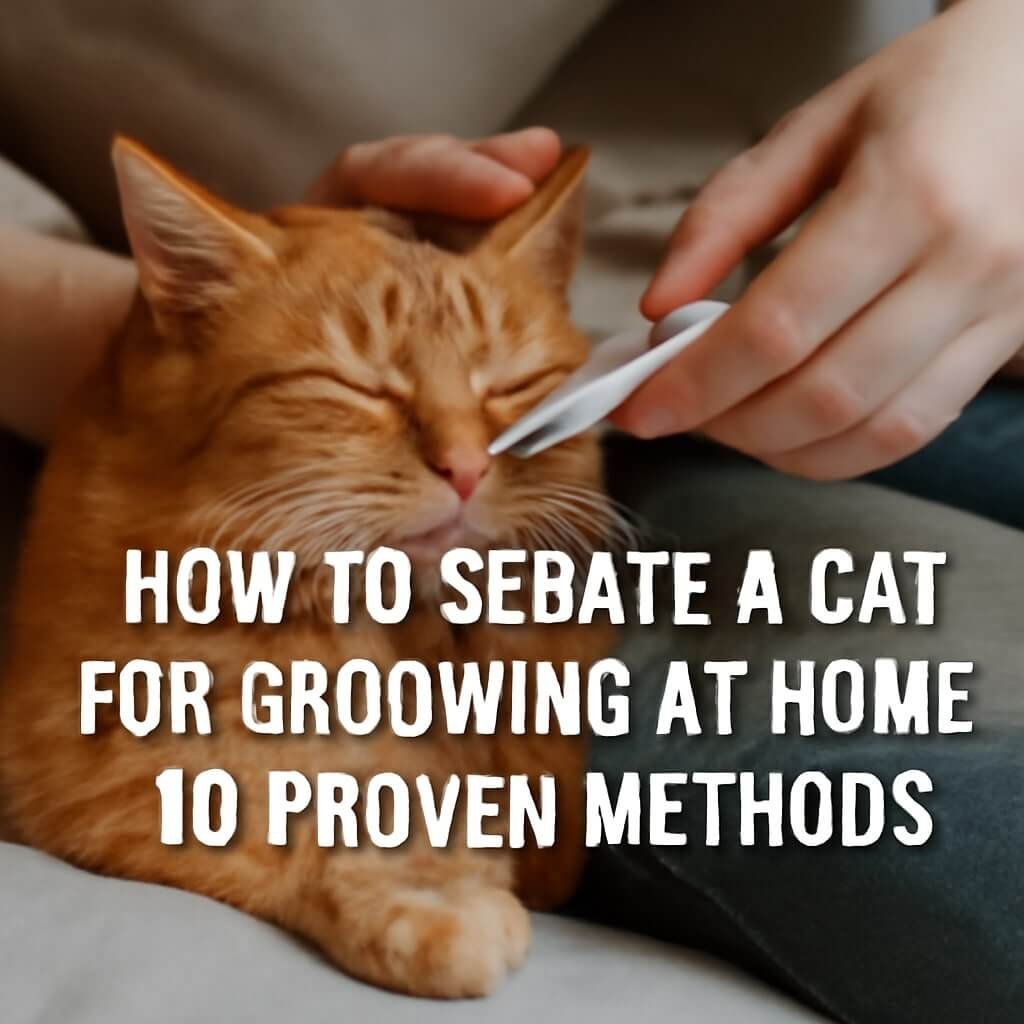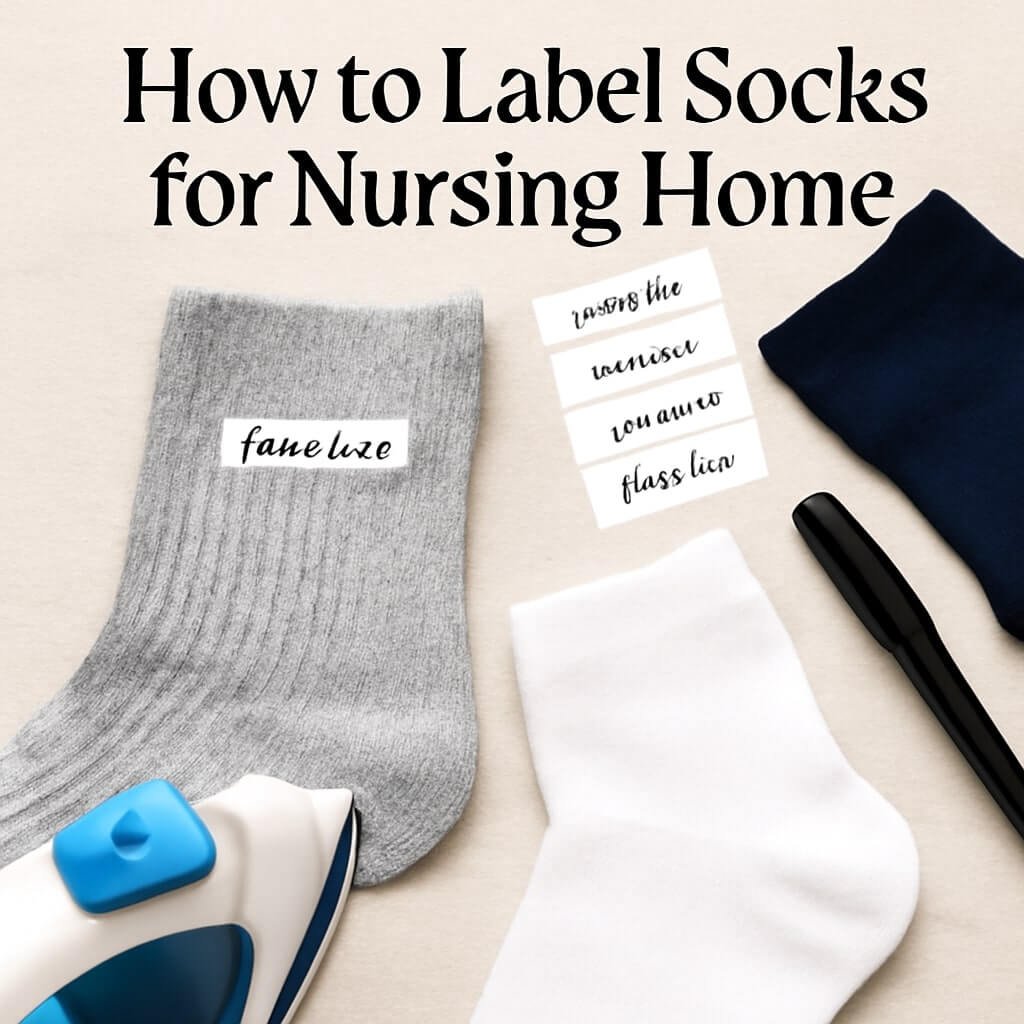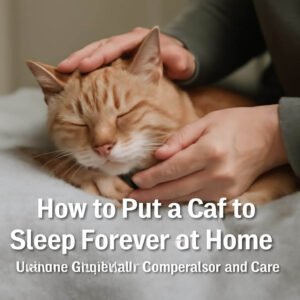Grooming your cat at home can sometimes feel like a battle, especially when your feline friend is stressed or resistant. For many pet owners, sedation becomes a practical solution to ease the grooming process. Knowing how to sedate a cat for grooming at home safely is crucial—not just to protect yourself but to ensure your cat’s comfort and well-being throughout the process. This article dives deep into the methods, risks, and alternatives to sedation, empowering you to make informed decisions about your cat’s grooming needs.
Cats can be notoriously difficult during grooming sessions, and some might even become aggressive or fearful. Sedation, when done correctly under professional advice, can help manage these challenges. However, it’s important to understand the various approaches—from natural calming aids to veterinary-prescribed medications—and know when and how to use them effectively.
Understanding Why Sedation May Be Necessary for Grooming
Cats don’t naturally enjoy being groomed. Their sharp claws and nervous behaviour often make regular brushing, nail trimming, or fur trimming a stressful ordeal for both cat and owner. Here’s why sedation can sometimes be a necessary step:
Common Challenges in Grooming Cats Without Sedation
- Stress and Anxiety: Many cats become anxious or fearful at the sight of grooming tools or when restrained.
- Aggression: Defensive scratching and biting can happen, risking injury.
- Physical Health Issues: Cats with arthritis, injuries, or skin conditions may react negatively to grooming.
- Resistance to Handling: Some cats simply dislike being touched in certain ways or places.
Understanding these challenges helps explain why sedation may not only be a convenience but a necessity in some cases, especially for older cats or those with special needs.
Safety First: Consulting Your Veterinarian Before Sedation
Before attempting to sedate your cat for grooming at home, the most important step is to consult your veterinarian. Professional guidance ensures your cat’s health status supports sedation and that the chosen method is safe.
Risks Associated with Sedating Cats at Home
- Overdose or Incorrect Dosage: Cats are sensitive to many substances, and even small errors can be dangerous.
- Adverse Reactions: Allergies or unexpected side effects may occur.
- Underlying Health Conditions: Conditions like heart or liver disease can increase sedation risks.
- Monitoring Needs: Sedated cats require close supervision to avoid complications.
Veterinarians can recommend safe medications, proper dosages, and offer advice on monitoring your cat during sedation. They may also perform a health check to identify any contraindications.
Natural and Non-Pharmaceutical Sedation Alternatives
Not every cat requires strong sedation. There are many natural calming techniques and products designed to reduce anxiety during grooming:
Using Feliway and Other Pheromone Products
Feliway is a synthetic version of feline facial pheromones, which can have a calming effect on cats. Spraying it around the grooming area or on your cat’s bedding may reduce stress and make grooming easier.
Other pheromone diffusers and sprays work similarly by creating a familiar, soothing environment for your cat.
Herbal Remedies and Their Effectiveness
Certain herbs are known for their calming properties, such as chamomile, valerian root, and catnip (in moderation). These can be used in teas, tinctures, or as supplements but always check with your vet first to ensure safety.
Over-the-Counter Sedatives: What’s Safe and What’s Not
Some pet owners consider OTC options, but caution is key. Many human medications are toxic to cats.
- Safe OTC Options: Some herbal or homeopathic calming treats formulated for cats.
- Unsafe OTC Medications: Pain relievers, anti-anxiety drugs, or sedatives meant for humans should never be given.
Always verify with your vet before trying any OTC product.
Prescription Sedatives for Cats: What You Need to Know
+When natural methods don’t work, veterinarians may prescribe medications to sedate your cat safely.
Common Sedatives and Their Dosages
- Acepromazine: A tranquilliser used for mild sedation.
- Diazepam (Valium): Often used for anxiety and seizures, but requires strict vet supervision.
- Gabapentin: Helps reduce anxiety and pain, often used before vet visits or grooming.
- Trazodone: An antidepressant with sedative effects, sometimes prescribed off-label for cats.
Each drug has specific dosage guidelines based on your cat’s weight, age, and health.
Step-by-Step Guide to Sedating Your Cat for Grooming
If your vet approves sedation at home, follow these essential steps:
Preparing Your Cat and Environment
- Choose a quiet, warm room free of distractions.
- Have grooming tools ready and within reach.
- Create a comfortable resting spot with familiar bedding.
Administering Medication Safely
- Use the exact dosage and method recommended by your vet.
- Oral medications may be hidden in treats or given via a syringe.
- Remain calm and gentle during administration.
Monitoring Your Cat During Sedation
- Watch for signs of distress such as excessive drooling, vomiting, or difficulty breathing.
- Keep your cat away from hazards.
- Be ready to contact your vet if you notice anything unusual.
Alternatives to Sedation: Training and Grooming Techniques
Sometimes, patience and training can eliminate the need for sedation.
Gradual Desensitisation and Positive Reinforcement
- Introduce grooming tools slowly.
- Reward calm behaviour with treats and praise.
- Keep sessions short and frequent.
- Use toys and distractions to make grooming a positive experience.
Post-Grooming Care After Sedation
After sedation, your cat will need extra care:
- Provide a quiet, safe space to recover.
- Monitor for lingering side effects.
- Offer water and light food once fully awake.
- Avoid vigorous activity until your cat returns to normal.
Frequently Asked Questions (FAQs)
Is it safe to sedate my cat at home without a vet?
Sedating a cat without veterinary guidance is risky and not recommended. Always consult your vet first.
How long does sedation last in cats?
Duration varies by medication but typically lasts from 1 to 6 hours.
Can I use human sedatives for my cat?
No. Many human medications are toxic to cats.
Are natural calming products effective?
They can help reduce mild anxiety, but may not be enough for all cats.
How often can I sedate my cat for grooming?
Sedation should be limited to necessary occasions and never used frequently without vet approval.
What should I do if my cat has an adverse reaction?
Contact your vet immediately or visit an emergency clinic.
Conclusion: Ensuring a Safe and Stress-Free Grooming Experience
Sedating your cat for grooming at home can be a helpful tool when done correctly and under veterinary supervision. Whether you choose natural methods, prescription sedatives, or behavioural training, prioritising your cat’s safety and comfort is key. With the right approach, grooming becomes less stressful for both you and your furry companion.













